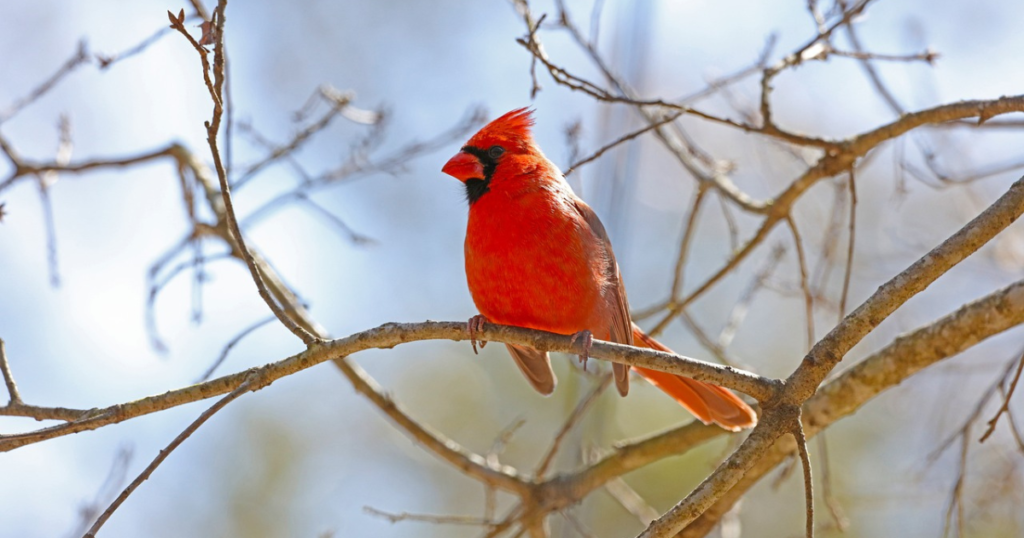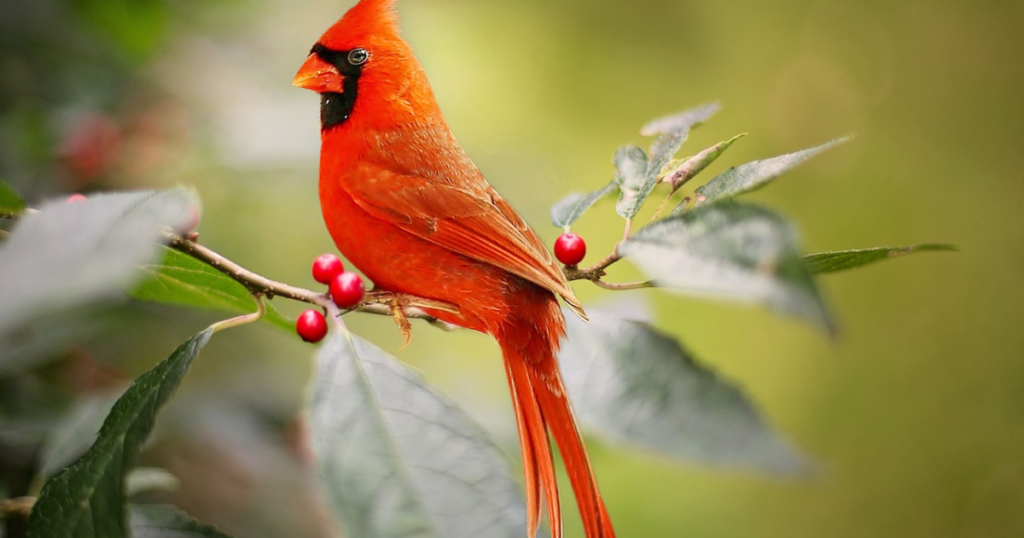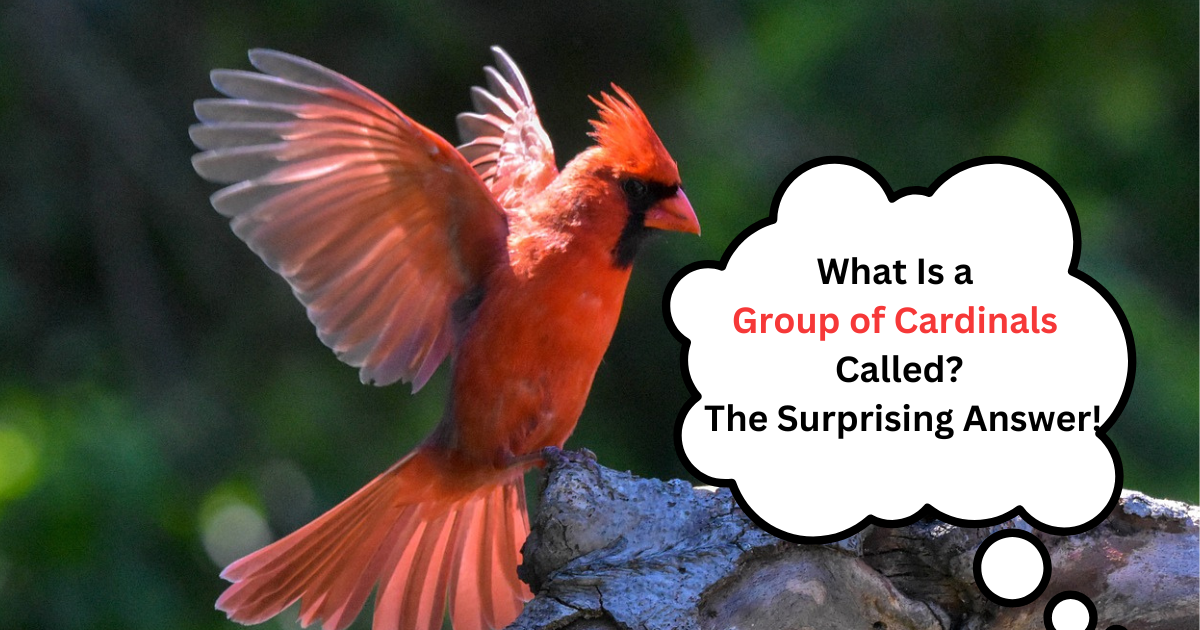Cardinals are a favorite among birdwatchers and nature enthusiasts captivating them with their vivid red feathers and melodious songs. Whether in the wild or in your backyard these vibrant creatures are a captivating sight. But have you ever wondered what a group of cardinals is called? Let's dive into the fascinating world of cardinals and explore the various terms used to describe their groups.
What Are Cardinals?
Cardinals belong to the Cardinalidae family which consists of around 53 species spread across 14 genera. The Northern cardinal is perhaps the most iconic species especially in North and Central America. With their striking red feathers particularly in males and their melodic songs cardinals have become symbols of beauty vitality and spirit.
Striking Red Plumage and Symbolism
Cardinals are known for their vivid red feathers that seem to radiate warmth and energy. The male cardinal’s vibrant plumage is especially eye-catching with its bright red feathers that glisten under the sunlight. This radiant coloration makes them an unforgettable sight and their symbolism as creatures of beauty and vitality is strong. As a result, they have become a popular symbol of strength vigor and the natural world.
The Most Common Collective Noun for Cardinals
The term "radiance" is the most commonly used collective noun for cardinals. This term beautifully captures the bright glowing appearance of these birds especially when a group gathers. Picture a group of cardinals flying through the sunlight — their radiant feathers practically glow embodying the very essence of vitality and energy.
Why is "Radiance" Fitting?
"Radiance" is not just a fitting term for the cardinal’s bright appearance; it also aligns with the symbolic role cardinals play in nature. A radiance of cardinals is more than just a visual treat; it represents the bird's powerful connection to vitality and the beauty of the natural world.

Other Terms for a Group of Cardinals
While "radiance" is the most common term there are several other interesting collective nouns used to describe groups of cardinals. These unique names often draw on historical or symbolic connections.
A College of Cardinals
Not as widely used but still a term you'll hear occasionally is a "college" of cardinals. This term might seem unusual at first but it has an ironic twist. The word "college" is often associated with the human education system and the term used for cardinals in a group could be a playful homage to language conventions. A college of cardinals evokes the image of a gathering with a sense of purpose much like a group of people coming together to learn or deliberate.
A Conclave of Cardinals
A "conclave" of cardinals takes us back to ecclesiastical traditions. A conclave refers to the gathering of Catholic cardinals to make important decisions. The term is particularly fitting for the bird because its name comes from the Catholic Cardinals who wear vibrant red caps or birettas. Just like the ecclesiastical leaders the cardinal birds are recognized for their bold crimson plumage making this term both symbolic and visually evocative.
Other Unique Terms: Kremlin, Vatican, Deck
Other interesting terms include a "Kremlin" of cardinals likely referencing the famous Red Square in Russia where the Kremlin stands. Some also refer to a group of cardinals as a "Vatican" of cardinals which nods to the iconic Catholic cardinals known for their bright red robes and pointy hats. Another term a "deck" of cardinals refers to a group that might be seen perched together on a deck of a house or building though it's a less common term.
Social Behavior of Cardinals
Unlike some bird species that flock together year-round cardinals are primarily territorial. During the breeding season they are fiercely protective of their space and you won't typically see them in large groups. However as the year progresses especially during the fall and winter months cardinals become more sociable.

Breeding Season vs. Winter Flocking
During the breeding season cardinals are often found in isolated pairs. Males and females stake out their territories with the males performing territorial displays to ward off competitors. In this period cardinals are largely solitary and do not form large groups. However as the breeding season ends cardinals become more social and start to gather in small flocks often comprising between 40 to 60 birds.
Fluid Flocks and Group Foraging
In winter cardinals form loose fluid flocks. These groups often come together for group foraging as food becomes scarcer. Unlike other times of the year when cardinals may be more isolated the winter months bring the need for cooperation. Cardinal flocks can be found foraging together feeding alongside other bird species such as juncos White-throated Sparrows and Tufted Titmice. Their social structure in the winter is more cooperative than territorial as they share food sources.
How Do Cardinal Flocks Operate?
Cardinal flocks are fluid and dynamic. Some cardinals may stay within the flock for a longer time while others might temporarily join and then leave. These flocks can travel distances of 700m to 900m per day though they remain quite small. Cardinals tend to follow one another throughout the day but the flock’s size can change based on food availability and the time of year.
Winter and Spring Transitions
As spring approaches cardinals begin to disband and establish their territories once again. The fluid nature of their flocks is evident — while they come together in winter for food and warmth they break apart in early spring to begin the process of nesting and re-establishing their breeding territories.
Cardinal Family Dynamics
Cardinals are known for forming life-long pair bonds. Pairs of cardinals remain together for consecutive breeding seasons raising offspring together year after year. However their young do not stick together in kinship groups. Once they reach maturity they leave their parents and join larger flocks where they gain independence before eventually establishing their own territories.
Observing Cardinals: A Delightful Experience
For birdwatchers and nature enthusiasts observing a group of cardinals is a delightful experience. Their presence in backyards gardens and woodlands brings joy to anyone lucky enough to witness it. Whether you call it a "radiance" a "college" or a "conclave" watching these beautiful birds congregate offers a glimpse into the natural world and its vibrant ecosystems.
Conclusion
Cardinals are fascinating creatures with a rich variety of collective nouns that reflect their symbolism striking appearance and social behaviors. From the "radiance" of cardinals to the "college" "conclave" and more these terms are a reminder of the bird’s deep connections to both nature and human culture. Whether you're an avid birdwatcher or simply enjoy the beauty of these vibrant birds understanding the meaning behind their group names adds a layer of appreciation to the experience of observing them.
FAQs
What is the most common collective noun for cardinals?
The most common collective noun for cardinals is a "radiance" of cardinals highlighting their bright glowing appearance.
Do cardinals always flock together?
Cardinals are territorial during the breeding season but they become more social in the fall and winter forming small flocks for group foraging.
What does a "conclave" of cardinals refer to?
A "conclave" refers to a group of cardinals drawing inspiration from Catholic cardinals who gather for important deliberations.
How many birds are typically in a flock of cardinals?
Cardinal flocks are usually small ranging from 5 to 60 birds depending on the season and food availability.
Why do cardinals form flocks in the winter?
Cardinals form flocks in winter as food becomes scarcer and group foraging helps them survive during this challenging time.
